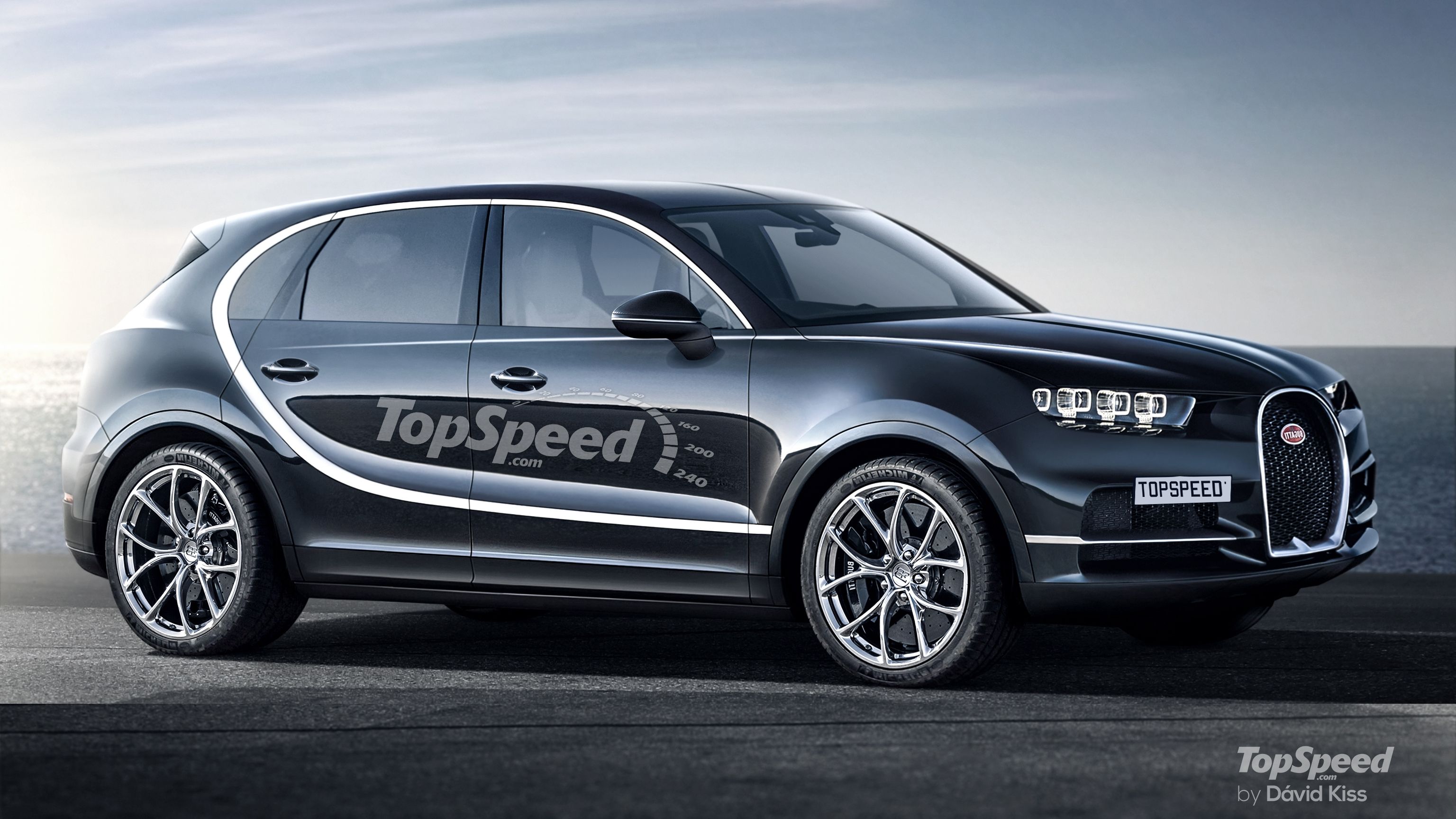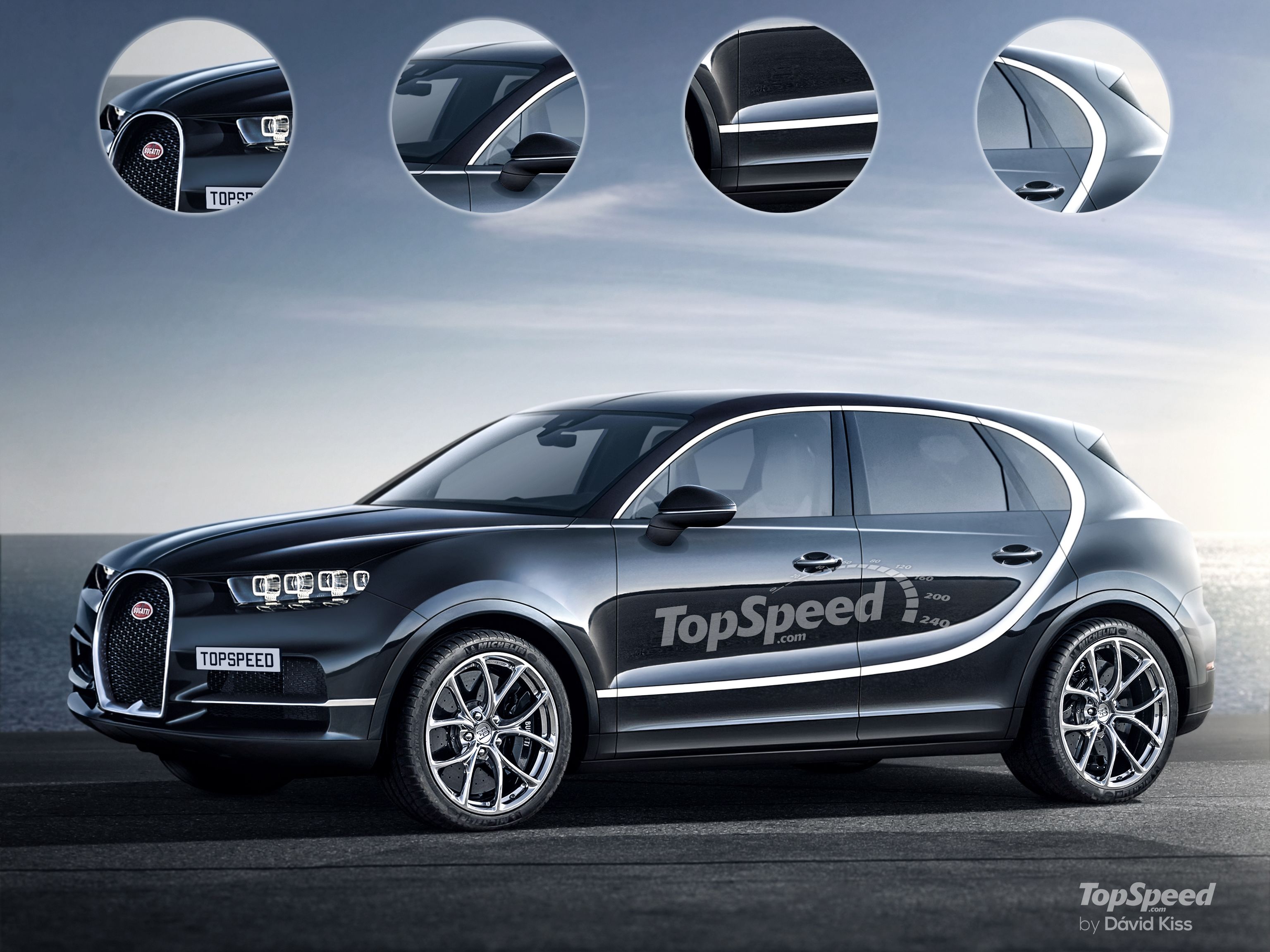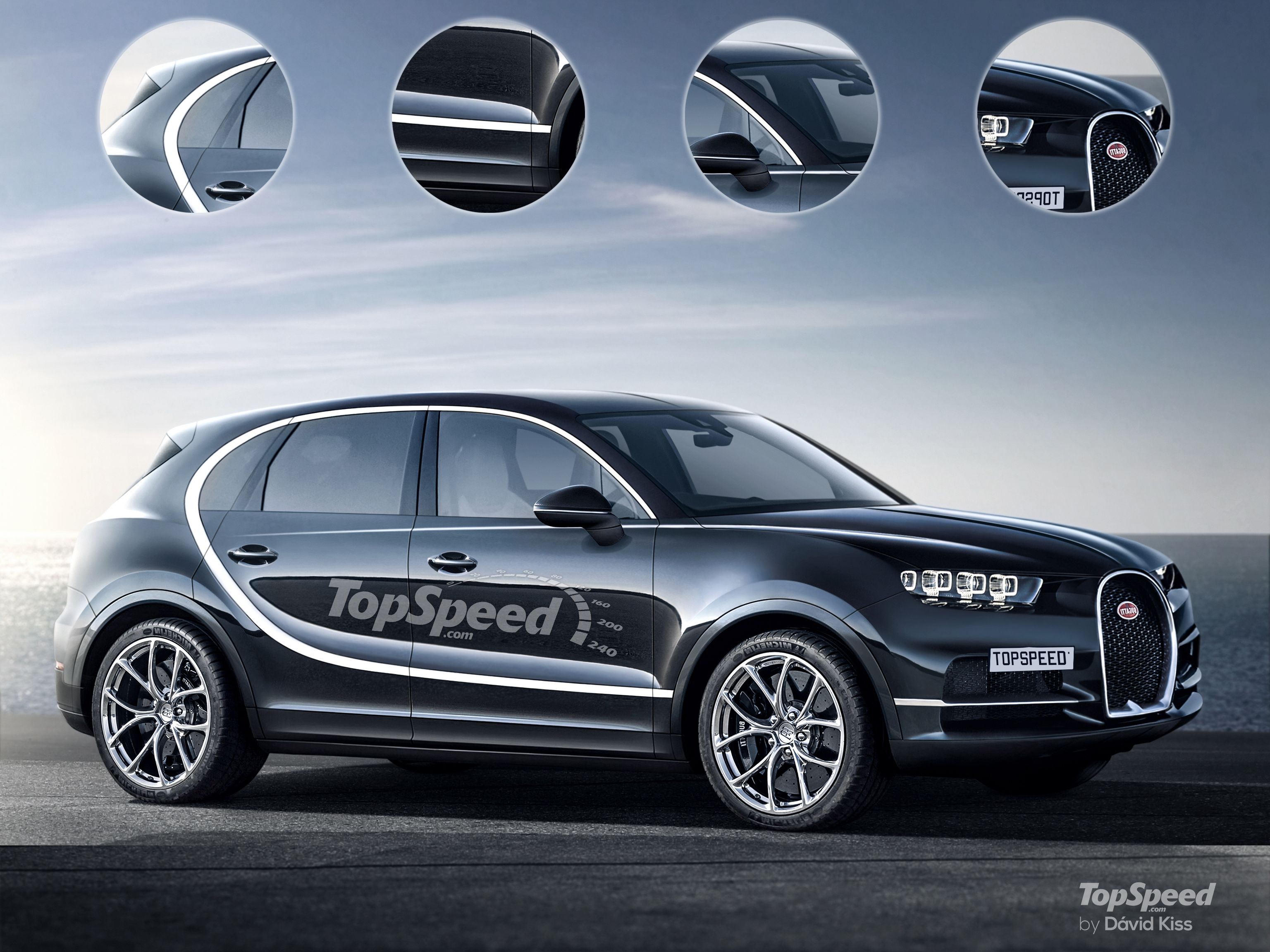It’s no secret that we’re completely smitten by the Bugatti Chiron, the French brand’s latest and greatest über sports car. But, while the Chiron’s 1,479 horsepower and a 261-mph top speed are very impressive, the super coupe isn’t exactly a long-term product solution for Bugatti. Now, with an industry-wide shift towards EVs and growing demand for practical sport utility vehicles, Bugatti has expressed interest in adding a second model to its lineup, most likely with a new all-electric SUV.
Now Is The Right Time For A New Bugatti Model
|
Note: Rolls-Royce Cullinan pictured here. |
Year after year, the number of millionaires and billionaires continues to grow, and in response, the world’s top marques are ramping up their product portfolios to meet increasing demand for ultra-expensive automobiles. Thus we see the emergence of the ultra-luxury SUV segment, and automakers like Rolls-Royce and Bentley are already duking it out with models like the Cullinan and Bentayga, respectively.
With that in mind, the time is ripe for Bugatti to enter the fray.
|
Note: 2009 Bugatti 16C Galibier concept pictured here. |
The rumor that Bugatti might expand its lineup is nothing new. In 2009, Bugatti unveiled the 16C Galibier four-door sedan concept, leading to speculation that the brand was prepping something fresh for the well-heeled public. What’s more, Bugatti president Stephan Winkelmann has expressed interest in building a second model on numerous occasions since his appointment in early 2018.
Now, it sounds as though Winkelmann and Bugatti are honing in on the specifics of a new up-and-coming model line, and if the rumors prove correct, we could see it in the metal in just four years.
Starting From Scratch
|
Note: TopSpeed rendering of the 2022 Bugatti SUV pictured here. |
According to a recent report from our friends at Autocar, Winkelmann has said he wants a new model with a body style that’s more usable on an everyday basis. The new model would slot in below the Chiron, but be “disconnected” from it, most likely in terms of price and segment.
To achieve these goals, Winkelmann believes Bugatti needs to start from scratch, rather than pull an existing platform from the VAG lineup: “For a brand like ours, we would not share platforms, as I see our next car will be a stand-alone car,” Winkelmann told the Australian outlet CarAdvice. “While this is good for our customers and the future of the brand, it’s also more expensive.”
|
Note: TopSpeed rendering of the 2022 Bugatti SUV pictured here. |
Indeed, while a new platform outside the current Volkswagen lineup would be far more expensive to build, it would also make for a more seductive product overall. Exclusivity is paramount in this space, and if the new Bugatti uses the same platform as the Volkswagen Touareg, it might sully the overall image.
To that end, Winkelmann also says production should take place in a dedicated factory in France, rather than in a VW factory among some other VW products.
TopSpeed0}
While the Chiron’s quad-turbo 8.0-liter W-16 engine is indeed monumentally impressive, it really isn’t a long-term solution. Big cities like Paris and London are already implementing new rules to help curb emissions, and for now, it looks as though electric vehicle technology will become the new standard, even among high-end brands like Bugatti.
As such, Winklemann appears to favor electrons over gasoline for the brand’s future. But that preference goes far deeper than simply conforming to regulation - it could also speak to Bugatti’s core values, if implemented properly.
“I would see us doing a battery electric vehicle. There, the balance between performance and comfort is much more important, and it’s about daily usability,” Winkelmann told Bloomberg.
“Electrification is a big challenge but we have to decide what to do next,” Winkelmann told the Australian outlet CarAdvice. “It’s not important for us to be the first or the last but it is important to be there at the right time when people are not only ready for the technology but also the the technology is ready for Bugatti.”
Still, Winkelmann seems bullish on the idea. “This technology will be in our reach,” he toldAutocar.
One way in which EVs could become far more commonplace would be through the development of solid-state battery technology, which offers recharge times and range-per-charge that’s on par with conventional internal-combustion powertrains. When Autocar asked whether Bugatti would offer solid-state battery powertrains in the future, Winkelmann responded by saying “You have to create a car that’s flexible and can be adapted to the latest technology.”
Indeed, it appears as though Bugatti is considering all options.
That’s all well and good, but what about a hybrid? After all, hybrid tech is already well-established and highly developed, both in terms of performance and efficiency. However, Winkelmann seems less enthusiastic about hybrids than he does pure EVs.
“Hybridization is good for the time being but it adds 250 kg and returns a range of just 50 km,” Winkelmann told CarAdvice. “You have to remove a lot of weight from a car that is already as light as you can make it and then you need to find space for the battery. This is not a long-term solution.”
Which raises another point - materials technology.
Finally, despite an overarching focus on comfort and usability, a potential all-electric Bugatti SUV would still likely offer some very impressive performance specs. We’d argue that around 600 to 800 horsepower feels about right for such a vehicle, with a 0-to-60 mph time somewhere in the low-3-second range. That’s quick, no doubt about it, but it’s still slower than the 1,500-horsepower Chiron, which can hit the same benchmark in just 2.5 seconds. Should an all-electric Bugatti SUV ever hit the market, it would have the performance needed to compete against nameplates like the Lamborghini Urus and Bentley Bentayga.
Autocar0}
With the 16C Galibier fastback concept already on the books, it’s entirely possible Bugatti’s second model could end up being some kind of sedan. After all, Bugatti has made sedans in the past, and while most of the world is moving away from the segment, ultra-high-end limos and cruisers are still quite popular.
Throw in a slew of high-end materials, the very latest infotainment technology, and endless customizability, and the Bugatti SUV starts to take shape.
A new SUV could also provide a fantastic opportunity for autonomous tech to make its debut under the Bugatti banner. Nothing screams luxury like a self-driving luxury apartment on wheels, and with Volkswagen spending huge sums of money to develop the technology, Bugatti could reap the benefits in a big way. Even if it’s absurdly expensive, self-driving tech would be right at home in a Bugatti SUV.
Autocar0}
While it’s fun to speculate, we’re still many years away from seeing a new Bugatti, assuming it gets the go-ahead in the first place. If the project Car Advice move forward, we probably won’t see it until 2022 at the earliest. As for pricing, a figure around $500,000 to $1 million makes sense. That’s a lot of money, and certainly stretches the imagination of what makes for a “daily driver,” but’s it’s still well below the $3 million starting price tagged to the Chiron.
“I’m ready. We’ve worked a lot, we want a second model. There is no pressure; there is such high demand from brands in the group. Let’s see,” he told Autocar.
While Winkelmann is obvious gung-ho on the idea of a second Bugatti, there are still many hurdles to overcome - namely the Volkswagen Auto Group (VAG). VAG acquired the Bugatti brand in 1998, and has to give the final go ahead before development can really gain traction. And, as Winkelmann points out, it’s far more difficult to add a new model to the Bugatti lineup than it was to replace an existing model.
“The brand is ready for a second car,” Winkelmann told Autocar, “but it’s not me to decide.”
Assuming Volkswagen green-lights a new Bugatti model, what would does like to see from it, dear reader? Do you want an SUV, or some other kind of body style? Is electric power a good fit? Let us know in the comments section below.
Autocar0}
Autocar
you
Read our full speculative review on the 2022 Bugatti SUV.
Read our full review on the 2019 Bugatti La Voiture Noire.
Read our full review on the 2019 Bugatti Divo.
Read our full review on the 2018 Bugatti Chiron.
Read our full review on the 2018 Bugatti Chiron Sport.
Read our full review on the 2010 Bugatti 16C Galibier.



